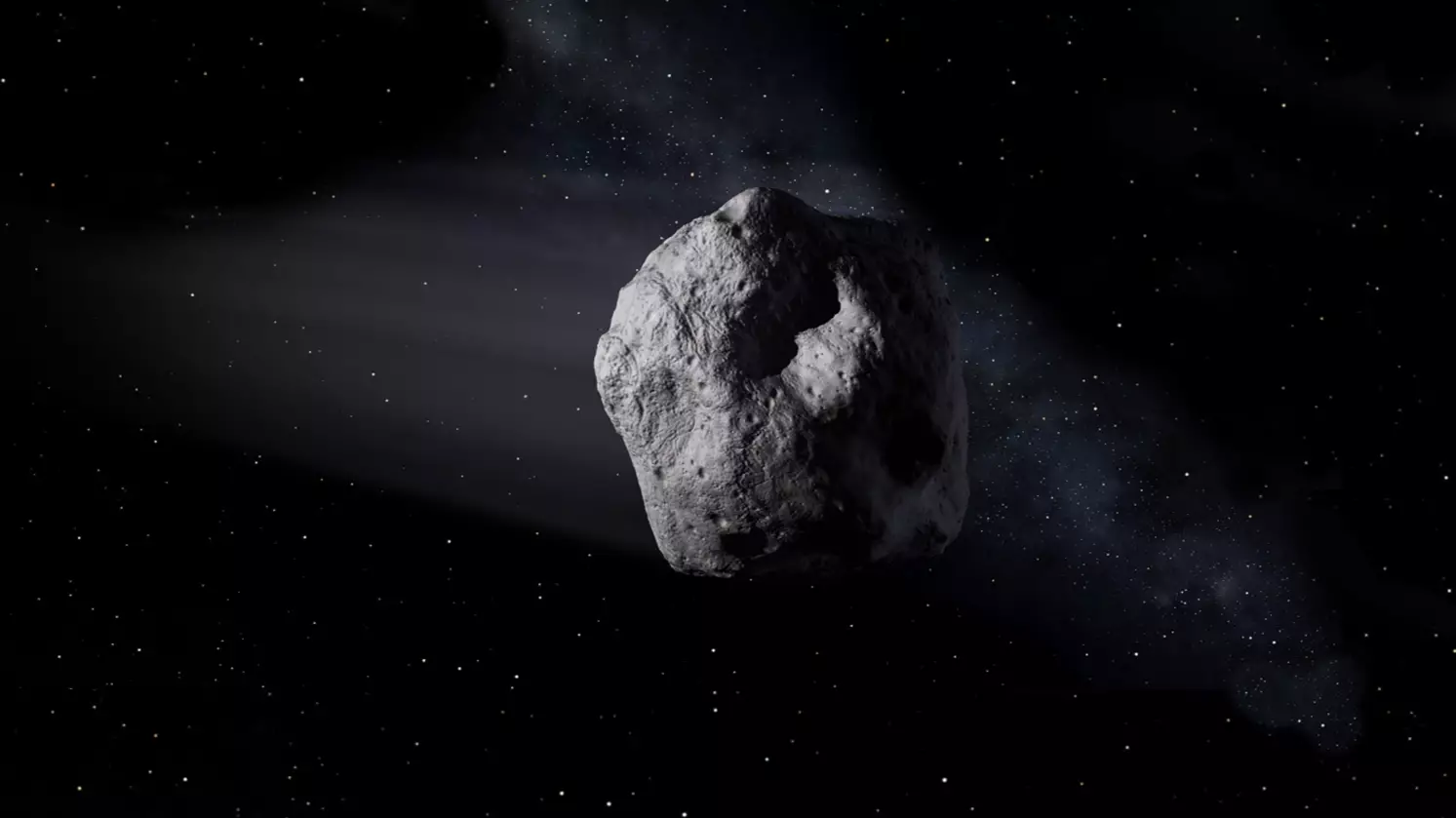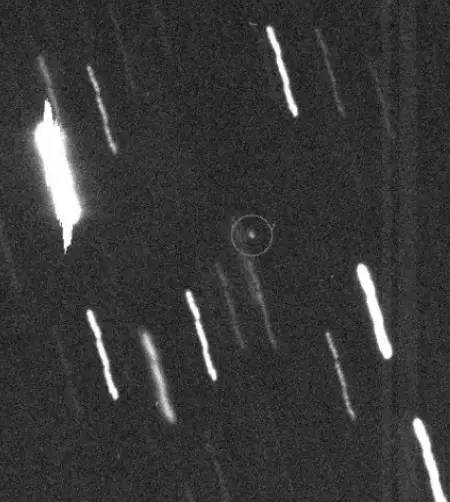
An asteroid named Apophis after the ancient Egyptian god of chaos is gaining speed and could crash into Earth in just under 50 years. Brilliant.
Astronomers at the University of Hawai'i say the asteroid is picking up speed due to non-uniform radiation.
Dave Tholen, one of the astronomers, explained to Gizmodo: "Light radiated from a body gives that body a tiny, tiny push. The warmer side of an asteroid pushes a little harder than the cooler side because the warmer side emits more light (at invisible infrared wavelengths), so there is a net non-gravitational force acting on the body.

"It's such a tiny force that it's not noticeable for larger objects, but the smaller the object, the easier it is to detect the effect."
Advert
It was previously thought there was no chance of the asteroid hitting Earth, but scientists now believe it could strike on 12 April 2068. Least we've all got a chance to get our affairs in order.
Tholen said: "The new observations we obtained with the Subaru telescope earlier this year were good enough to reveal the Yarkovsky acceleration of Apophis, and they show that the asteroid is drifting away from a purely gravitational orbit by about 170 meters per year, which is enough to keep the 2068 impact scenario in play."

The asteroid has since been placed as the third highest threat on NASA's 'Risk Table' of objects which could potentially impact with Earth.
Advert
The chances of the asteroid hitting Earth are around 150,000 to one (according to the Palermo Technical Impact Hazard Scale), but Tholen told the news outlet it's actually closer to 530,000 to one because of the 'Yarkovsky effect'.
Experts say further observations need to be done to understand the Yarkovsky effect and how it will impact the asteroid.
And before you worry too much, scientists are planning to know 'well before 2068 if there's any chance of impact'. Well, that's a relief.
Apophis, which is 1,120-foot-wide (340-meter), was first spotted back in 2004 by astronomers at the Kitt Peak National Observatory in Arizona and its movements have been tracked ever since.
Advert
Tholen and his colleagues told Gizmodo observations made with the Subaru telescope earlier this year allowed them to 'measure the position of the asteroid to a precision of about twice the size of the asteroid itself'.
He added: "Apophis is roughly 300 meters in diameter, and we measured the position to about 700 meters, even though we were something like 70 million kilometers from the object."
The asteroid is said to contain nickel and iron, and radar images appear to show it has two 'lobes' on either end, making it look slightly peanut-shaped.
Topics: World News, space